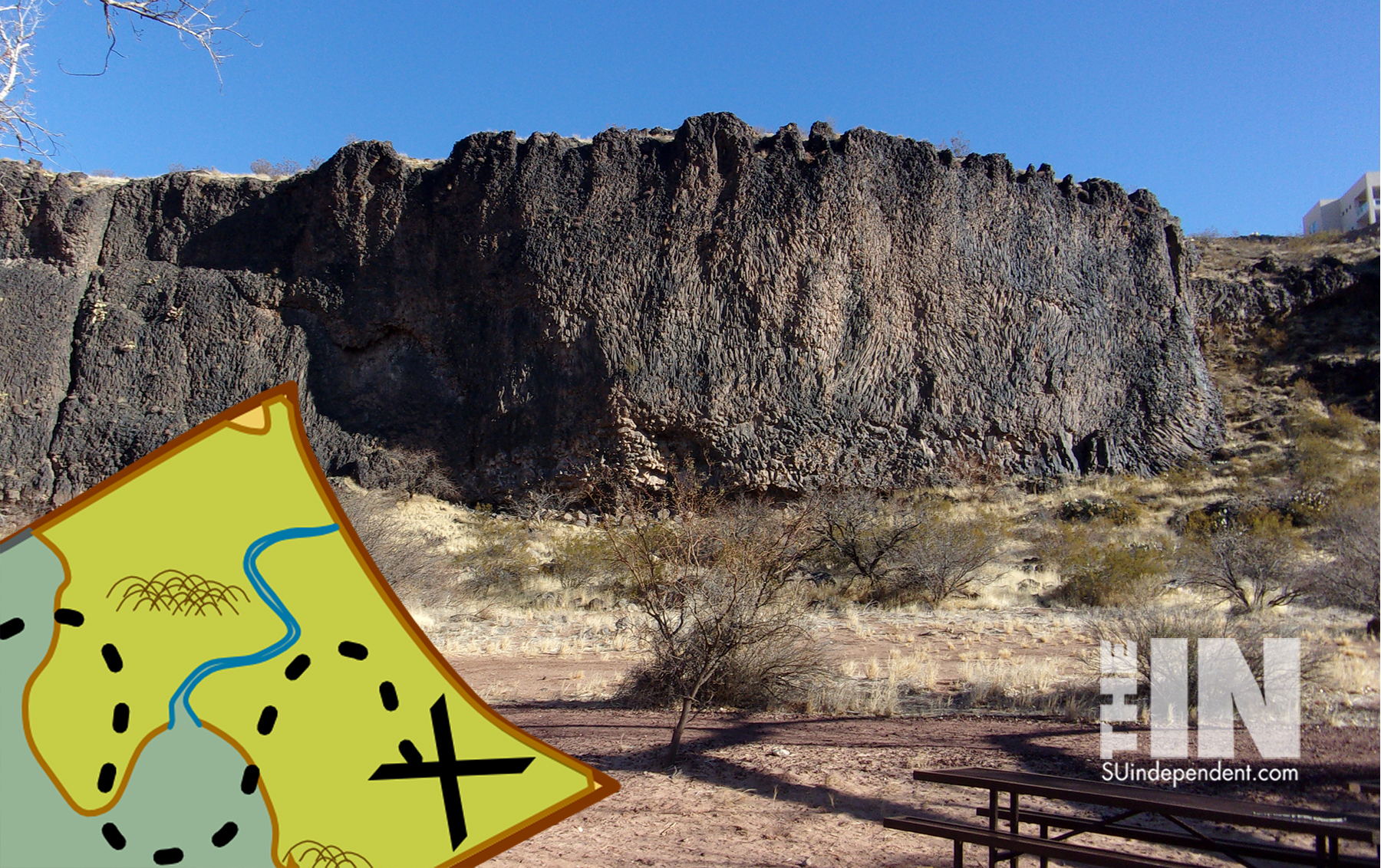
The Independent
Zion National Park is excited to report that a California condor has apparently hatched in the wild in the state of Utah for the first time since an experimental population was released in Vermilion Cliffs National Monument in northern Arizona in 1996. Biologists are waiting to visually confirm the chick’s existence before the milestone becomes official, but recent behaviors by the adult pair are encouraging. Captive bred condors continue to be released in northern Arizona and have successfully nested there; however, they have been spending more time in Utah each year.
“It was only a matter of time before birds started nesting in Utah,” said Chris Parish, a condor field project supervisor with The Peregrine Fund. “There is great habitat in Utah and the condors did not take long to find it.” The Peregrine Fund, the lead organization in the northern Arizona/southern Utah area, is working cooperatively with various federal agencies in the reintroduction and recovery of this federally endangered species.
The condor pair selected a nesting cavity in a remote canyon within Zion National Park and have been under observation by TPF biologists since they began exhibiting courtship behavior this past winter. The nest cave was found by following radio and GPS signals from transmitters mounted on each condor. Earlier this year, the birds displayed behavior indicating they were incubating an egg and now show signs that they are tending a chick.
Basically, this means one adult stays in the nest cave caring for the egg or chick while the other forages widely. They trade these roles every few days.
The cavity is 1,000 feet above the canyon floor so nobody has actually seen the chick yet, however, based on the behavior of the parents, experts are confident that a chick has hatched.
“If the egg had not been viable, or if a hatchling had died, there would be no reason for the adult condor pair to continue to visit this cavity,” TPF condor project manager Eddie Feltes said.
“This is a significant milestone in the process of restoring a species to its historical habitat,” said Keith Day, a wildlife biologist with the Utah Division of Wildlife Resources. “It proves that Utah still has suitable habitat for these magnificent birds and that the selection of the Arizona-Utah region for establishing a population was a valid choice.”
As condors continue to select suitable habitat and reproduce in this area, they will serve as a safety net against catastrophic events that may occur within the other condor recovery populations in California and Mexico.
For the past four years, other condors have shown breeding and nesting tendencies within Zion National Park, but they were not successful. Sadly, of a recent hopeful pair, one of those condors died in 2012 and the other in 2013 due to lead poisoning. Lead poisoning is the biggest obstacle to successful condor recovery in Arizona and Utah. Condors ingest lead when feeding on the remains of animals shot with lead-based ammunition. Utah and Arizona both are working with hunters to reduce condor exposure to lead ammunition.
“Our hunters have been very supportive of our lead ammunition reduction efforts,” Day said. “They have readily and voluntarily joined in our program.”
“The California condors have become a very charismatic species and have been captured in many vacation photos in our area’s national parks,” said Fred Armstrong, chief of resource management and research at Zion National Park. “Repeat visitors come to recognize them by their wing tag numbers and routinely ask about them. The park is excited to provide protected habitat for these magnificent birds and to play an important role in their recovery.” Even though the condors have taken up residency in national park areas where they can be seen by many visitors, they have displayed the ability to transition from a captive breeding environment and successfully live in the wild.



